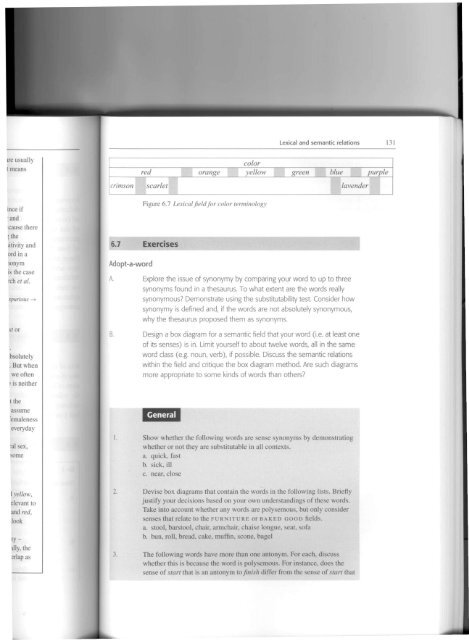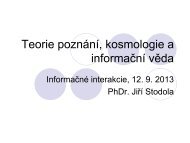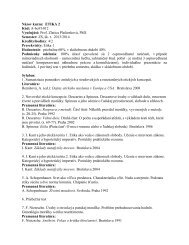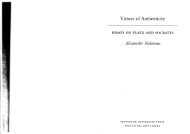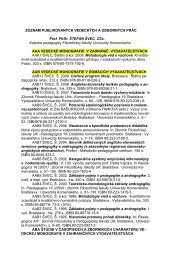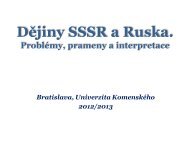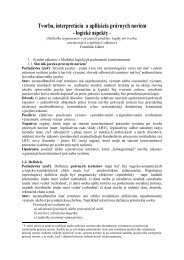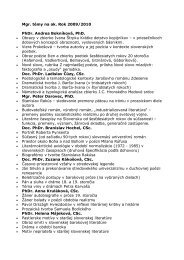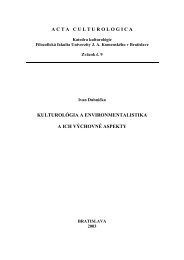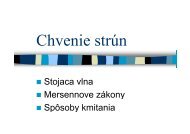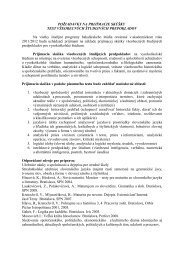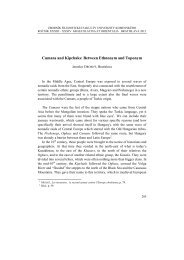You also want an ePaper? Increase the reach of your titles
YUMPU automatically turns print PDFs into web optimized ePapers that Google loves.
ire usually<br />
tmean<br />
ince if<br />
. <strong>and</strong><br />
cau e there<br />
: the<br />
iitiviry <strong>and</strong><br />
ord in a<br />
ionym<br />
i the ca e<br />
rch et al.<br />
purious -><br />
S/ or<br />
h olutely<br />
. But when<br />
we often<br />
: i neither<br />
tthe<br />
assume<br />
'emalene s<br />
everyday<br />
:al ex<br />
orne<br />
lyellow,<br />
elevant to<br />
<strong>and</strong> red,<br />
look<br />
~ylily,<br />
the<br />
erlap a<br />
crim on carlet<br />
B.<br />
Lexical<strong>and</strong> <strong>semantie</strong> <strong>relations</strong> 131<br />
color<br />
red I orange yellow I green blue purple<br />
Figure 6.7 Lexica/ fie/d for cotor terminology<br />
6.7 Exercises<br />
Adept-a-word<br />
A. Explore the issue of synonymy by comparing your word to up to three<br />
synonyms found in a thesaurus. To what extent are the words really<br />
synonymous? Demonstrate using the substitutability test. Consider how<br />
synonymy is defined <strong>and</strong>, if the words are not absolutely synonymous,<br />
why the thesaurus proposed them as synonyms.<br />
I<br />
lavender<br />
Design a box diagram for a semantic field that your word (i.e. at least one<br />
of its senses) is in. Limit yourself to about twelve words, all in the same<br />
word class (e.g. noun, verb), if possible. Discuss the semantic <strong>relations</strong><br />
within the field <strong>and</strong> critique the box diagram method. Are such diagrams<br />
more appropriate to some kinds of words than others?<br />
l. Show whether the following word are sense ynonym by dem on trati ng<br />
whether or not they are ub titutable in all context.<br />
a. quick. fa t<br />
b. ick, iII<br />
c. near clo e<br />
2. Devise box diagram that contain the word. in the following lists. Briefly<br />
ju tify your deci ion ba ed on your own under t<strong>and</strong>ings of these words.<br />
Take int a count whether any word are polysemous. but only con ider<br />
enses that relate to the r u a ITUREorBAKED oo o n fields.<br />
a. tool, bar tool, chair, armchair, chaise longue, seat, ofa<br />
b. bun. roll. bread. cake, muffin, . cone. bage1<br />
3. The following words have more than one antonyrn. FOľ each, di cus<br />
whether thi is becau e the word i polysernou . For in tance, doe the<br />
en e of s/ar/ that is an antonym to finish differ from the ense of starr that


